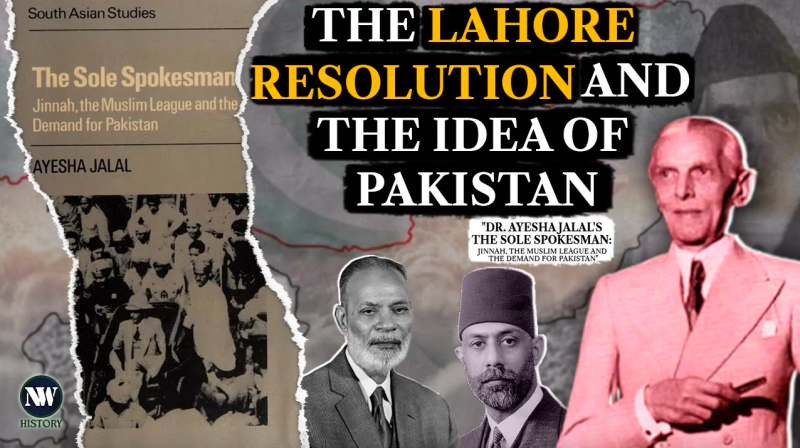In this episode, we discuss Dr Ayesha Jalal’s The Sole Spokesman and explore the political dynamics that influenced Muhammad Ali Jinnah’s approach in the years before the Lahore Resolution of 1940.
During the late 1930s and early 1940s, Jinnah, the leader of the Muslim League, sought to establish himself as the exclusive representative of Indian Muslims. His ambitions, however, were initially thwarted by the Indian National Congress, prompting him to align strategically with the British colonial government, particularly as World War II unfolded and the British prioritized stability across Indian provinces.
Jinnah’s goal was not an outright demand for partition but rather a tactical position to ensure that Muslims would play a crucial role in any prospective Indian federation. Influenced by Zafrullah Khan, the Lahore Resolution put forward a proposal for two Muslim federations with treaty-based relationships to protect Muslim minorities. This approach, although controversial, allowed Jinnah to maintain the support of Muslim-majority provinces while keeping Congress and the British at bay.
The resolution itself was crafted as a strategic balancing act. It was intentionally vague, demanding separate federations without setting precise terms. Jinnah aimed to present a stance that was palatable to Muslims yet challenging for Congress and the British to accept, thus prolonging the negotiations.
This pivotal era highlights the intricate tactics Jinnah employed to pursue his vision for Muslims within an independent Indian landscape.

